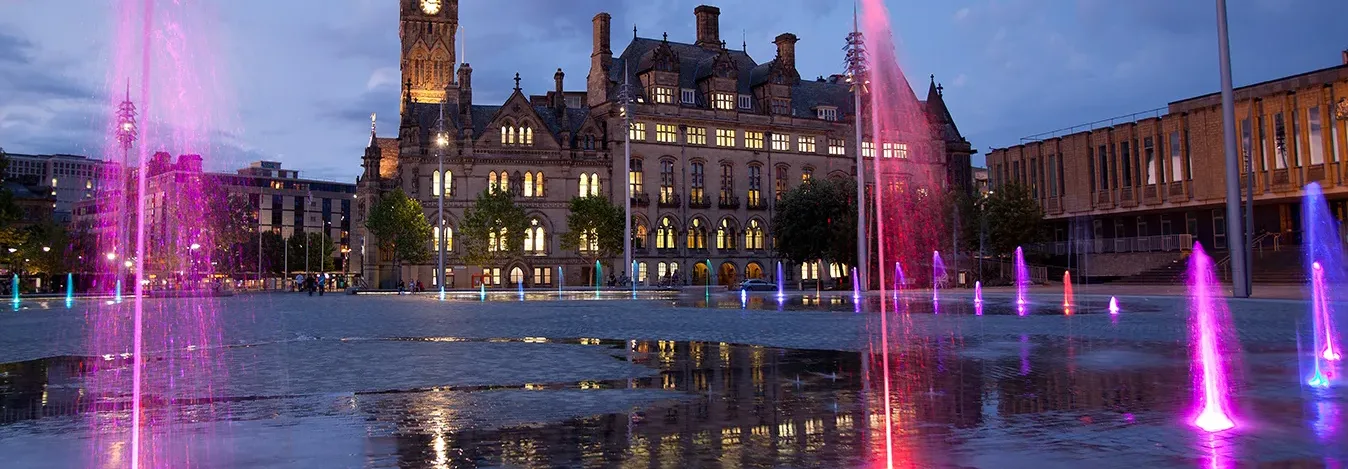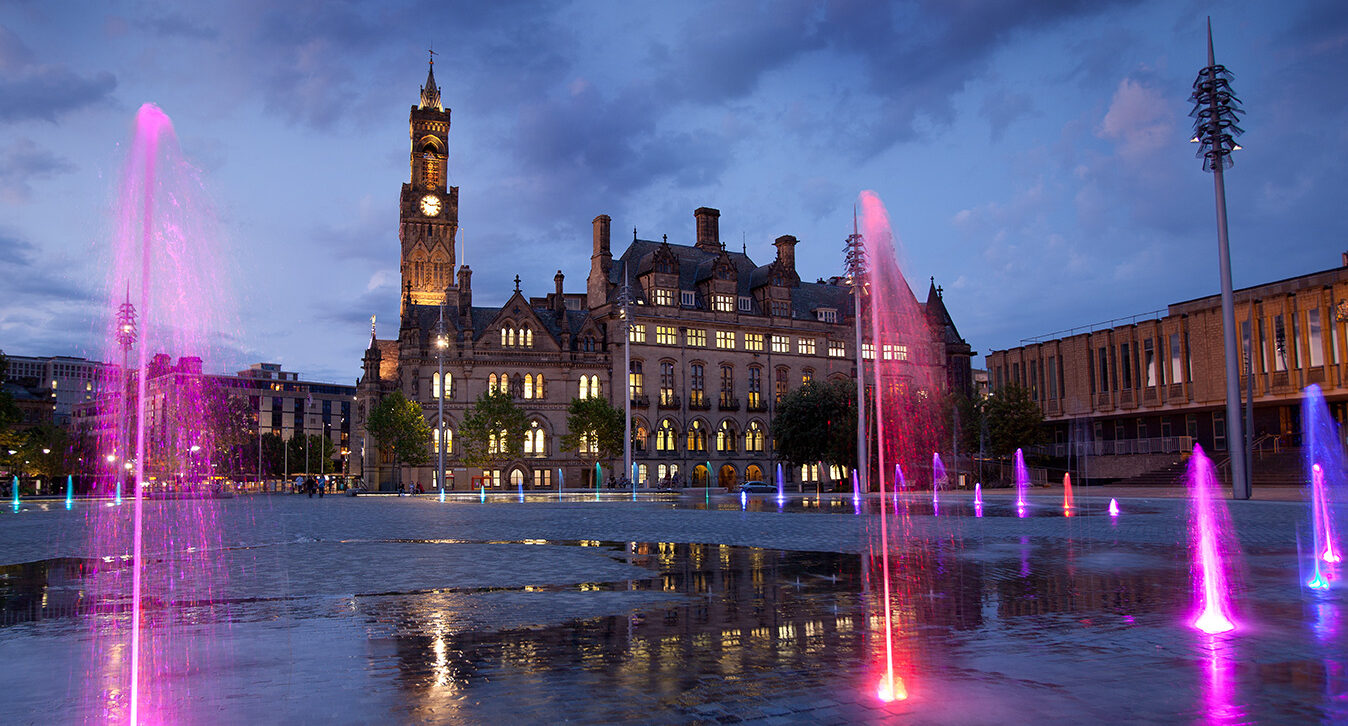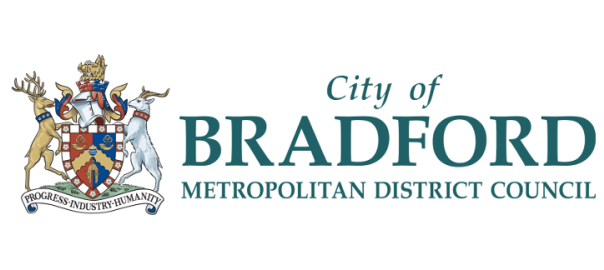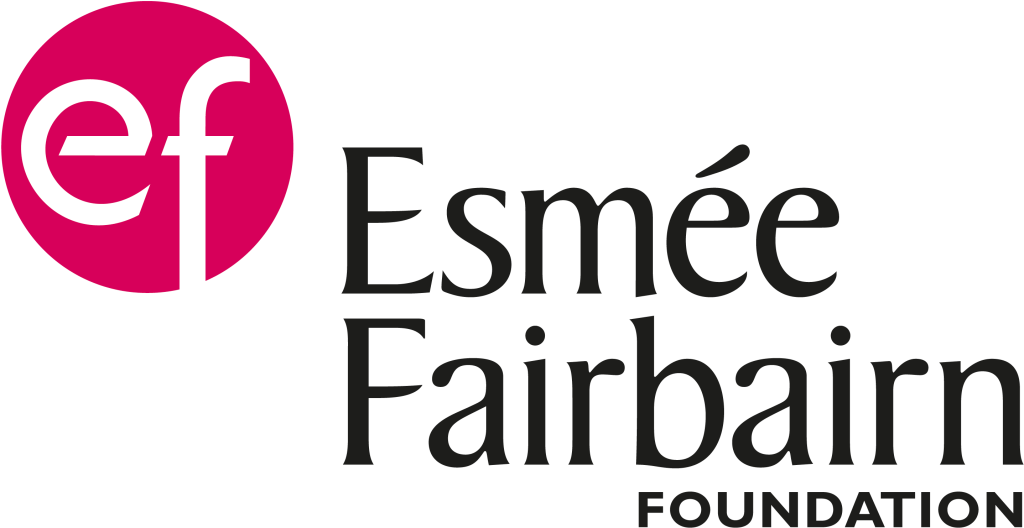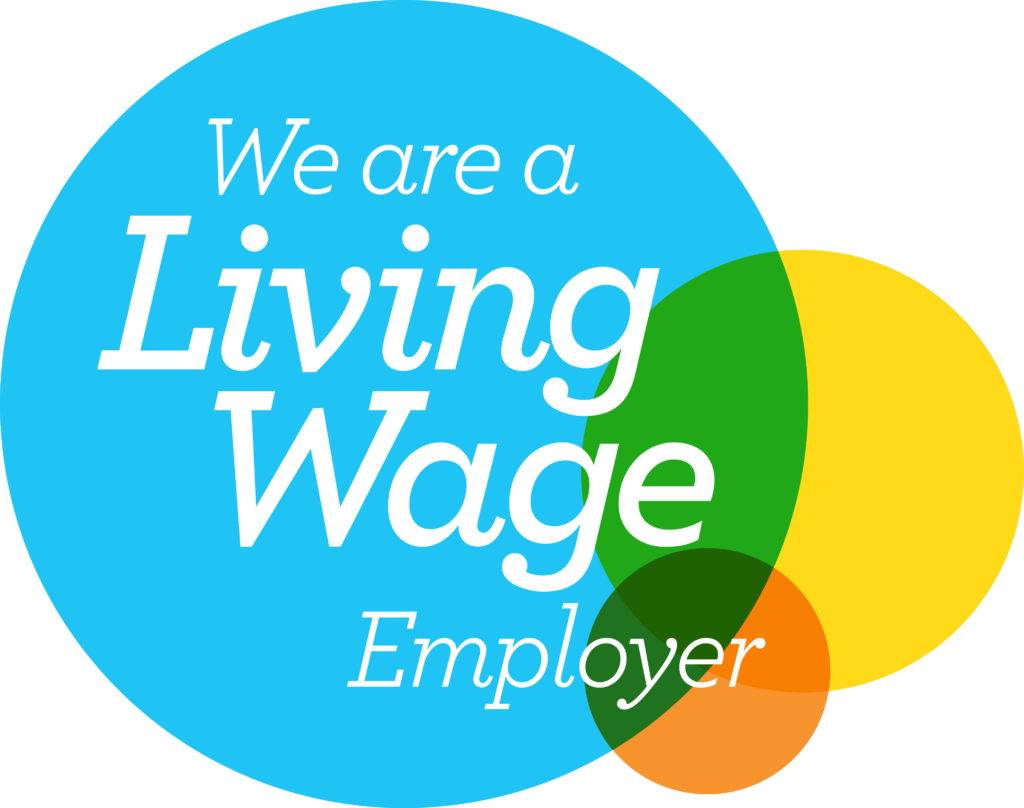Three years on a lot has changed for the Bradford District particularly in relation to culture. A series of headline successes have all contributed towards shifts in the cultural landscape of the District: winning the City of Culture 2025; vital work on re-setting the Cultural Strategy for the Bradford District; significant capital investment into organisations including Kala Sangam (now Bradford Arts Centre) and National Media Museum; a new National Portfolio announcement increasing the number of, and funding to, Bradford organisations; physical regeneration work in the City Centre; and of course the work of Bradford Producing Hub in developing and successfully piloting a new ‘producing hub’ model.
Stakeholders speak about there being a thriving arts and cultural sector with more NPOs and arts funding. There is a wider understanding of culture as a driver for change across the District.
Confidence is growing and the district has made significant inroads into building an infrastructure which wasn’t here before.
All of these successes have created opportunities for the creative industries workforce and expanded the cultural offer to audiences and participants.
However, this is also set against an unexpected Pandemic which effectively closed down access to culture for 18 months+, Brexit, and the more recent cost-of-living crisis. All of these ‘macro’ factors have had a huge impact on both the creative workforce and audience.
As BPH moves towards the end of the first phase of its funding the organisation finds itself reflecting on the Joint Cultural Needs Assessment undertaken in 2019/2020 – its value and purpose.
This review of the JCNA (then and now) does not set out to update and re-write the JCNA report from March 2020. This review (commissioned by BPH) sets out to answer two questions linked to the original purpose of the JCNA set out in its 2020 assessment:
- Has the local cultural ecosystem been an energizer for change across the Bradford District? If so, in what ways.
- What role and impact has Bradford Producing Hub and its investment played in creating this place-based energizer for change?
Following analysis of these questions, this report ultimately aims to identify what are the new opportunities at a District level and what role can / will BPH play moving forward to enable culture to continue to play a key role in the District’s activity?

